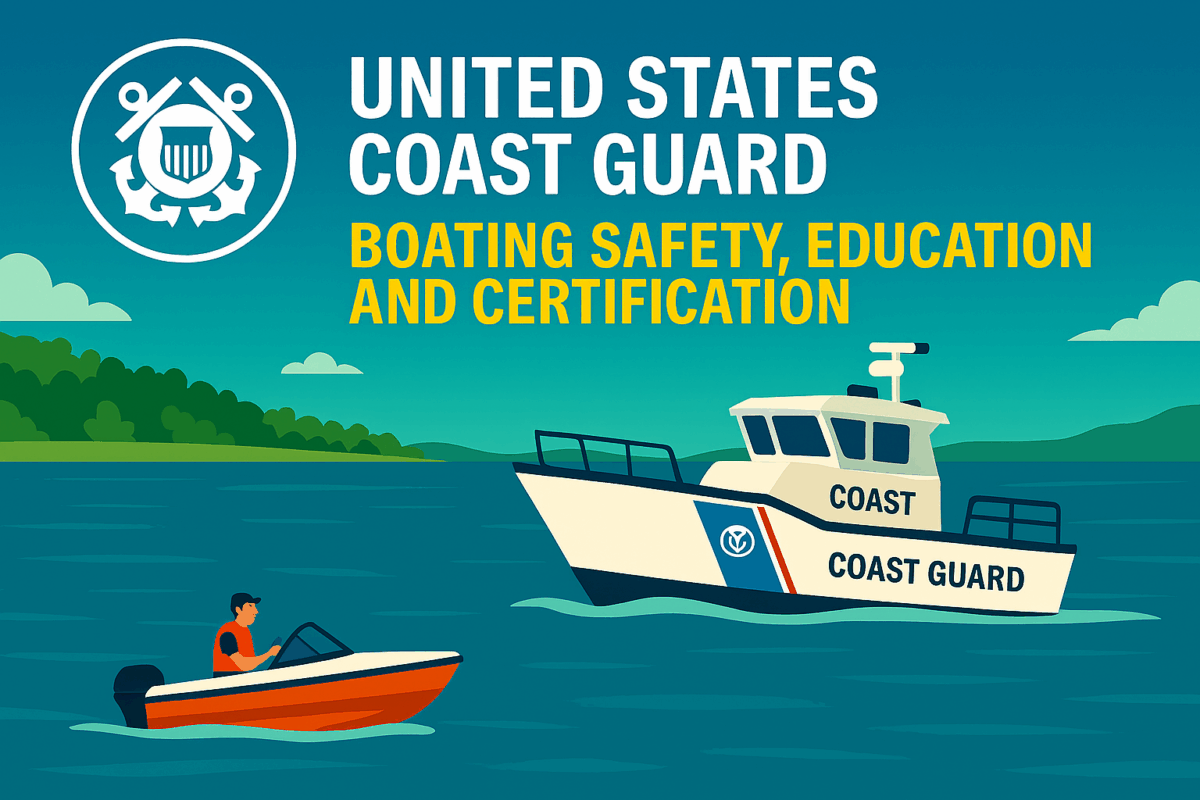Call: 1-800-832-7191

USCG Boating Statistics Compiled
A Clear Picture of Boating Safety Trends
Every year, the USCG Boating Statistics Compiled report offers a detailed look at recreational boating incidents across the United States. These statistics help identify safety trends, common accident causes, and areas for improvement. Boaters, instructors, and policymakers rely on this data to guide decisions and enhance safety programs.
The most recent reports show a steady decline in fatalities and injuries. This progress reflects increased awareness, better training, and improved safety equipment. However, challenges remain, especially in areas like alcohol use and lack of instruction.
Key Findings from Recent Reports
The 2024 report revealed the lowest number of boating fatalities in over 50 years. Despite this milestone, alcohol remained the leading contributing factor in fatal accidents. Operator inattention, inexperience, and improper lookout also ranked high among causes.
Drowning accounted for three-quarters of deaths, with 87% of victims not wearing life jackets. Most fatalities occurred on vessels operated by individuals without formal boating safety instruction. These findings highlight the importance of education and proper gear.
How the USCG Boating Statistics Compiled Data Supports Safer Boating
The USCG Boating Statistics Compiled report helps shape national and local safety campaigns. Agencies use the data to target high-risk behaviors and promote life jacket use. Boating courses now emphasize hazard recognition, navigation rules, and emergency response.
Manufacturers also benefit from these insights. They design safer vessels and equipment based on accident trends. The report encourages innovation while reinforcing proven safety practices.
What Boaters Can Do Today: Read the USCG Boating Statistics Compiled
Boaters can reduce risks by reviewing the latest statistics and applying lessons learned. Wearing a life jacket, boating sober, and completing a safety course are simple yet effective steps. Checking weather and water conditions before departure also improves safety.
Visit USCGBoating.org to explore the full report and access safety resources. The data empowers boaters to make informed choices and protect lives on the water.
